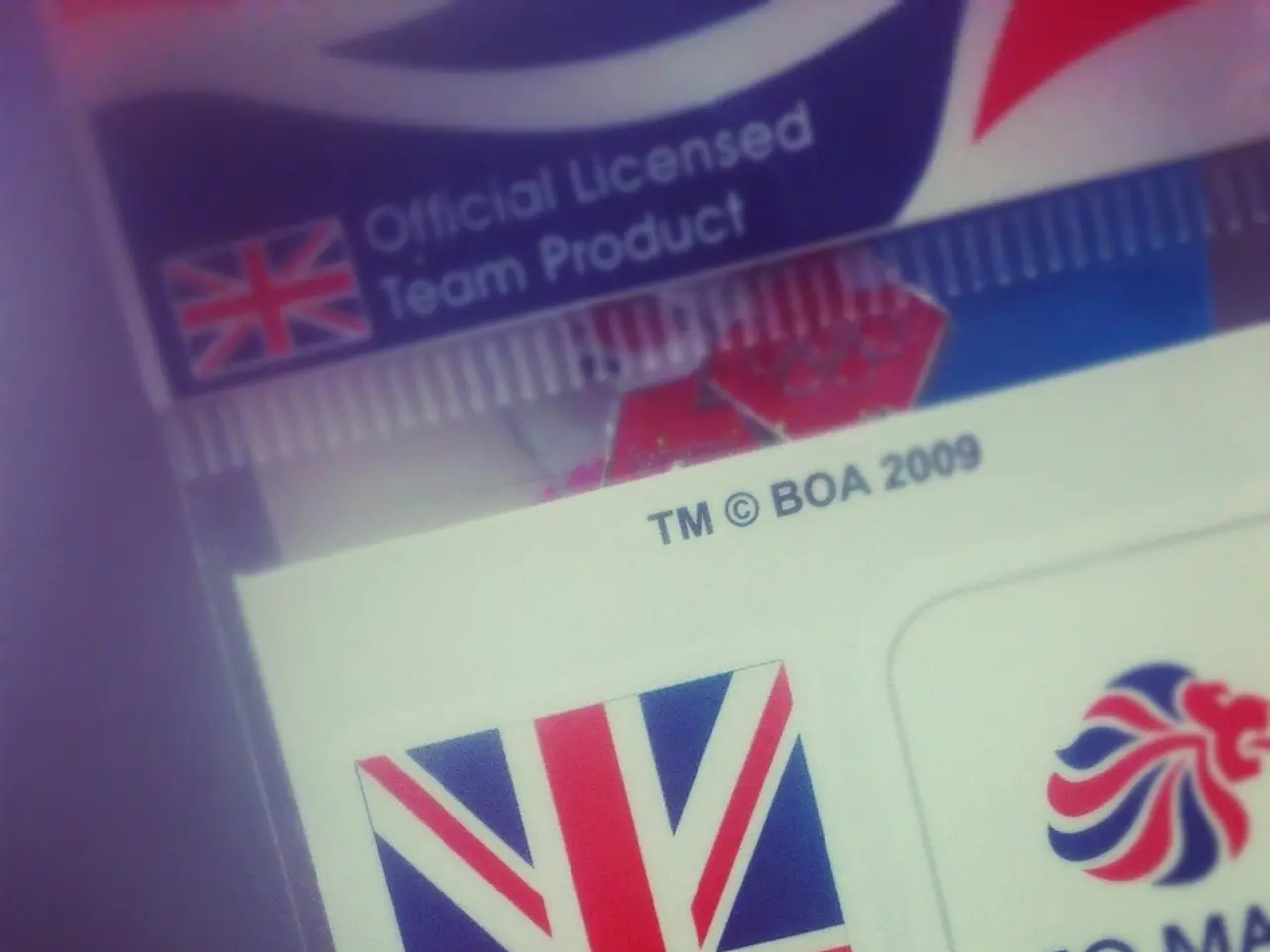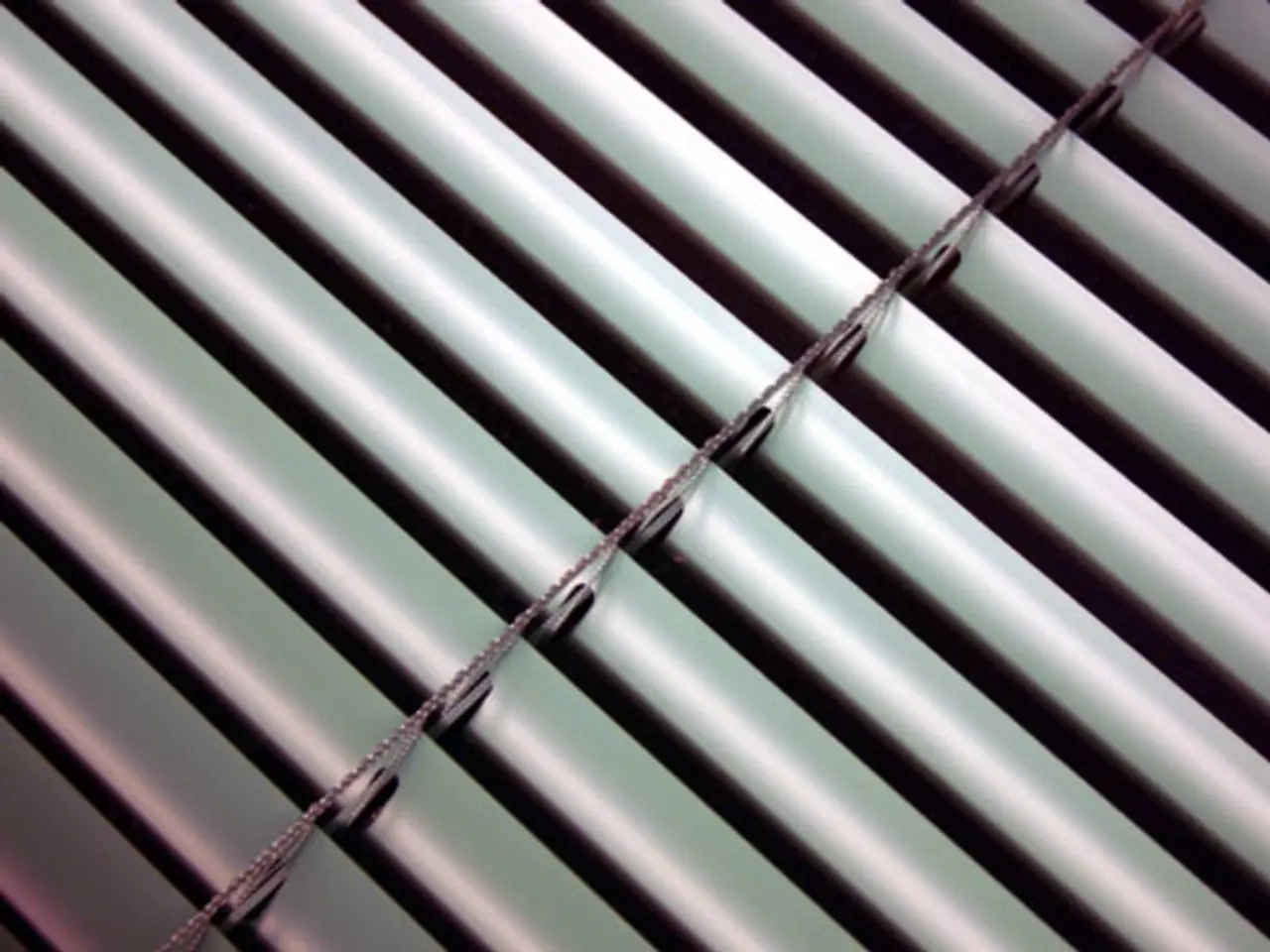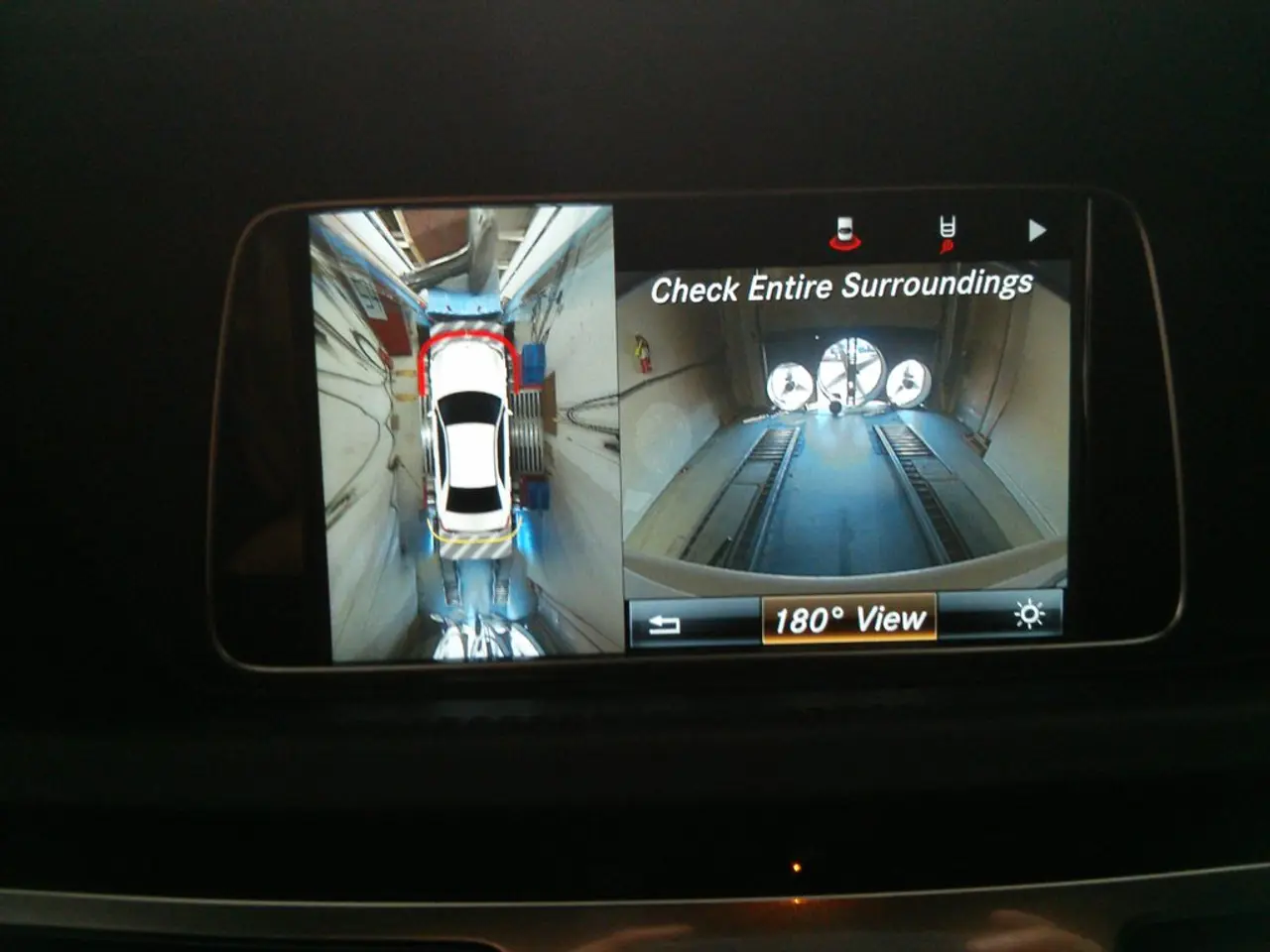Autonomous Tesla Cybertruck Collision Warns FSD Drivers: Stay Alert for Safety!
In a recent development, a Tesla Cybertruck was involved in a crash in Reno, Nevada. The incident took place while the vehicle was operating in self-driving mode, according to reports.
The original post about the crash by Mr. Jonathan Challinger has since been deleted. Tesla has not responded to requests for comment on the incident.
The crash involved a pole and there are concerns that mechanical issues may have been the cause. However, it's important to note that there are no verified reports or detailed information about the crash specifically in Reno, Nevada, and its implications for Tesla's Full Self-Driving (FSD) software reliability.
The incident has reignited concerns over the reliability of Tesla's FSD software. Troy Teslike, an independent researcher, stated that FSD does not yet seem ready for driverless operation. Saber Fallah, a professor of Safe AI and Autonomy at the University of Surrey, added that AI-driven systems have difficulties with lane endings, merges, and sudden road layout changes due to their lack of cognitive adaptability compared to human drivers.
This crash is a stark reminder of the challenges inherent in autonomous vehicle technology. Tesla's push into self-driving taxis is critical to the company's future as it faces declining demand for its aging electric vehicle lineup. The company plans to begin testing self-driving taxis in Austin, Texas in June, and aims to expand to California and other states by the end of the year. However, the testing is set to take place in locations with minimal regulatory oversight.
Mr. Challinger warned others about the risks of becoming complacent while using self-driving mode. The latest crash has raised fresh concerns about whether Tesla's self-driving technology is truly prepared to take the driver out of the equation.
It's worth noting that Tesla's self-driving system primarily relies on cameras, unlike competitors who integrate multiple sensors for redundancy. This raises questions about the robustness and reliability of Tesla's approach to autonomous driving.
As more information becomes available, it will be interesting to see how Tesla responds to these concerns and what steps they take to ensure the safety and reliability of their self-driving technology.
The crash in Reno, Nevada, has raised questions about the preparedness of Tesla's Full Self-Driving (FSD) software, particularly its ability to handle complex road situations effectively. Given Tesla's plans to debut self-driving taxis this year, concerns over the technology's reliability in diverse environments have intensified. The lack of multi-sensor integration in Tesla's self-driving system, compared to rival approaches, further fuels discussions about its robustness and dependability.




